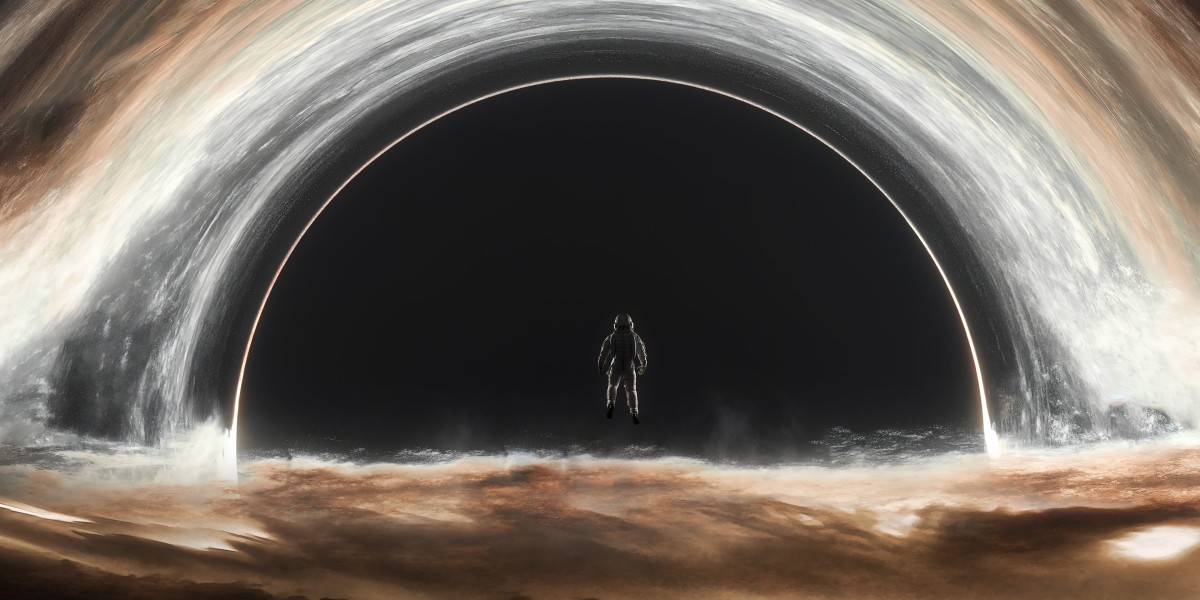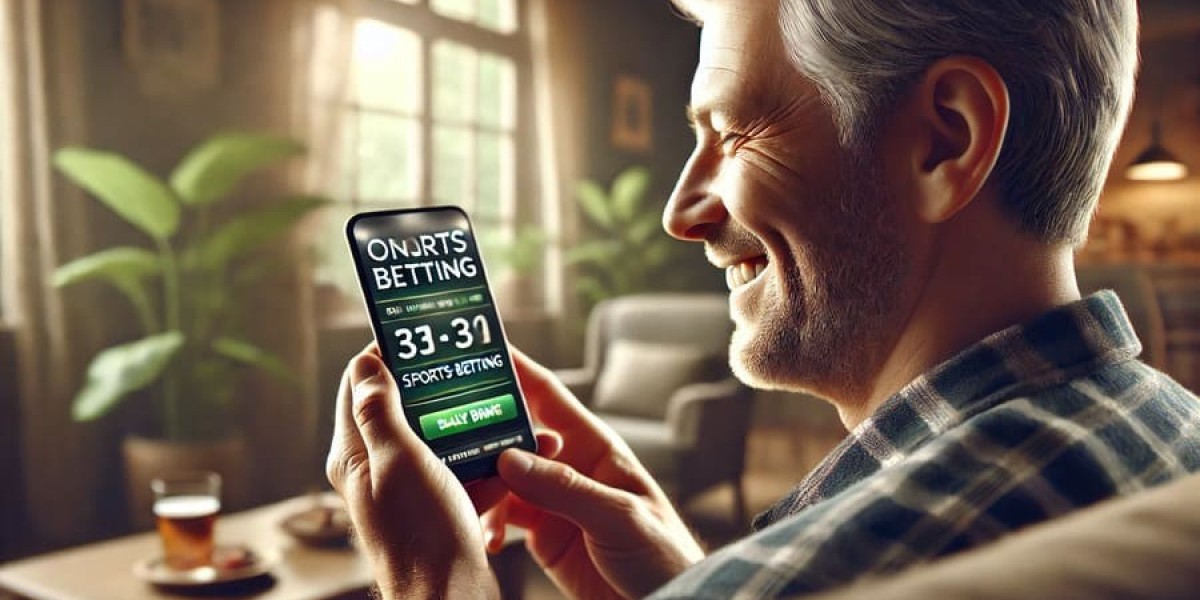Unlock the Secrets of Stunning Photography: Discover the Magic of Studio Lights!
Photography is an art form that relies heavily on the interplay of light and shadow. In this realm, the importance of photography studio lights cannot be overstated. Proper lighting can transform an ordinary photo into an extraordinary piece of art, enhancing colors, textures, and details. Whether you're a professional photographer or a hobbyist, understanding how to utilize studio lights effectively is key to mastering your craft. With the right lighting setup, you can create mood, draw attention to your subject, and achieve stunning results that resonate with your audience. In this article, we will explore the different types of photography studio lights, their applications, and how they can elevate your photography to new heights.
Understanding Photography Studio Lights
Photography studio lights are specialized lighting fixtures designed to provide controlled illumination for various photography scenarios. Their primary purpose is to enhance the photographic subject while minimizing shadows and providing consistent lighting conditions. Understanding the different types of studio lights, their characteristics, and applications is essential for any photographer looking to achieve professional-quality images. Studio lights can be broadly categorized into three main types: continuous lights, flash lights, and LED lights, each offering unique benefits and challenges. By familiarizing yourself with these options, you can make informed decisions about which lighting solutions best suit your needs and creative vision.
Types of Photography Studio Lights
There are several types of studio lights, each with distinct characteristics and applications. Choosing the right type of light can significantly influence the quality and style of your photographs. Let's delve deeper into the three primary types:
Continuous Lights
Continuous lights are a popular choice among photographers for several reasons. They provide a constant source of illumination, allowing photographers to see how the light interacts with their subject in real time. This immediate feedback can be particularly helpful for beginners, as it enables them to make adjustments on the fly. Continuous lights are versatile and can be used for various types of photography, including portrait, product, and video work. However, they can generate more heat and may consume more energy compared to other options, which can be a consideration for extended shoots.
Flash Lights
Flash lights, or strobes, are another essential type of photography studio light. Unlike continuous lights, flash lights emit a burst of light when triggered, which freezes motion and allows for sharp, high-quality images. They are particularly effective in high-contrast situations and when shooting fast-moving subjects. Many photographers prefer flash lights for portrait photography, as they can create dramatic effects and highlight features beautifully. However, mastering flash photography requires an understanding of syncing and timing, which can be daunting for those new to the craft.
LED Lights
LED lights have gained immense popularity in recent years due to their energy efficiency, longevity, and versatility. They produce very little heat, making them a comfortable option for extended shooting sessions. LED lights are available in both continuous and strobe models, providing flexibility for various photography styles. Additionally, their adjustable color temperature allows photographers to match ambient light conditions seamlessly. Many photographers, including friends of mine, have embraced LED lights for their creative projects, appreciating the control and adaptability they offer.
Applications of Studio Lights in Photography
The applications of studio lights in photography are vast and varied. From capturing stunning portraits to showcasing products, studio lights play a crucial role in achieving the desired outcome. Understanding how to use these lights effectively can take your photography to the next level.
Portrait Photography
In portrait photography, studio lights can be used to create mood and emphasize a subject's features. Softboxes and umbrellas can diffuse harsh light, providing flattering illumination that enhances skin tones and textures. By manipulating the direction and intensity of light, photographers can craft dramatic portraits that evoke emotion and tell a story. Personally, I've seen friends achieve breathtaking results by experimenting with different lighting setups, proving that the right light can make all the difference.
Product Photography
When it comes to product photography, clarity and detail are paramount. Studio lights help to eliminate shadows and highlight the product's features, ensuring that potential customers can see every aspect of what you're selling. Using a combination of soft and hard light can create a sense of depth and dimension, making products more appealing. Many e-commerce businesses rely on professional product photography to enhance their online presence, and studio lights are instrumental in achieving that level of quality.
Creative Lighting Techniques
Creative lighting techniques can significantly enhance the artistic quality of photographs. Techniques such as backlighting, side lighting, and chiaroscuro can produce unique and captivating effects. By experimenting with different angles, distances, and light modifiers, photographers can develop their signature style. Friends who engage in creative photography often share their experiences, emphasizing how innovative lighting choices have resulted in striking images that stand out in a crowded visual landscape.
Unlock Your Photography Potential with Studio Lighting
Understanding and utilizing photography studio lights is essential for anyone looking to elevate their photography skills. From continuous lights to flash and LED options, each type of studio light offers unique benefits that can enhance your images in different ways. By exploring the various applications of studio lights—from portrait and product photography to creative techniques—you can unlock the full potential of your photography. As you experiment and refine your lighting skills, you'll discover that the right studio lights can truly make a world of difference in achieving stunning photography results. So, embrace the magic of studio lights and watch your photographic creations come to life!






